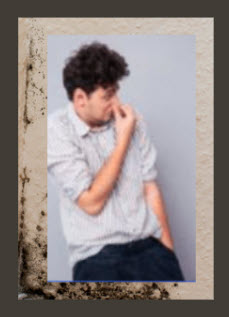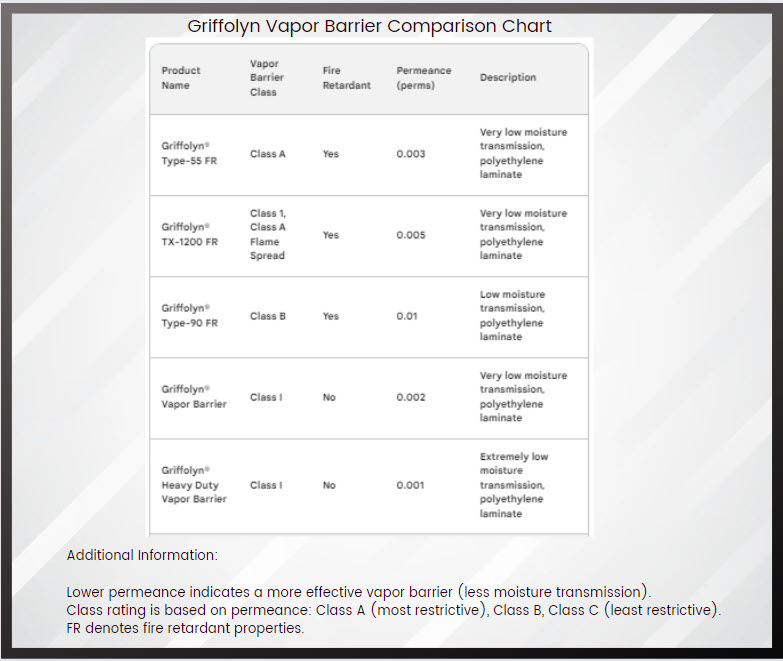Got Crawl Space Moisture?

Your crawl space, though often unseen, plays a vital role in your home's overall health. Unfortunately, crawl spaces are prime targets for moisture problems, which can lead to a host of issues like mold growth, wood rot, and even structural damage. But fear not, fellow homeowner! This comprehensive guide equips you with the knowledge and steps to tackle crawl space moisture and create a drier, healthier environment.
Understanding the Enemy: Sources of Crawl Space Moisture
Moisture intrusion in your crawl space can have several culprits:
- Surface Water Intrusion: Rainwater pooling around your foundation or improper grading can seep into the crawl space through cracks or foundation walls.
- Condensation: Warm, humid air meeting cool crawl space surfaces creates condensation, leaving behind unwanted moisture.
- Rising Dampness: Ground moisture can wick up through the foundation and into the crawl space, especially in areas with high water tables.
Signs and Symptoms: Detecting Crawl Space Moisture Problems
Early detection is key! Here's what to watch out for:
- Musty Odors: A damp, musty smell is a telltale sign of mold growth or excessive moisture.
- Visible Mold or Mildew: Spotting mold or mildew colonies on crawl space walls, floors, or supports signals a moisture problem.
- Damp Foundation Walls: Visible water stains or dampness on foundation walls indicate moisture intrusion.
- Rusting or Corroded Metal: Metal components like ductwork or pipes showing signs of rust suggest high humidity levels.
- Wood Rot: Softening, decaying, or discolored wood floor joists or beams point to moisture damage.
- Increased Utility Bills: A damp crawl space can make your HVAC system work harder, leading to higher energy bills.
The Arsenal for Action: Effective Moisture Control Strategies
Once you've identified a moisture issue, it's time to take action. Here are some key strategies:
- Exterior Solutions: Ensure proper grading around your foundation to divert water away from the house. Consider installing gutters and downspouts that extend at least six feet from the foundation.
- Encapsulating Your Crawl Space: This involves installing a vapor barrier on the crawl space floor and walls, effectively sealing it from moisture intrusion.
- Improving Ventilation: Promote air circulation by installing crawl space vents. However, in humid climates, vents can exacerbate moisture problems. Consult an expert to determine the best approach for your location.
- Dehumidifier Installation: A dehumidifier can effectively remove excess moisture from the air in your crawl space. Opt for a model sized appropriately for your crawl space and consider an automatic option for continuous moisture control.
- Maintaining Proper Drainage: If your crawl space has a sump pump, ensure it's functioning correctly and the discharge line is directed away from the foundation.
Choosing the Right Vapor Barrier: Class Matters
When encapsulating your crawl space, selecting the right vapor barrier is crucial. Here's a breakdown of the different vapor barrier classes and how they can impact your project:
-
Class I Vapor Barrier (0.1 perm or less): This is the most effective vapor barrier, with an extremely low permeability rating ("perm" measures how easily moisture vapor can pass through a material). Class I vapor barriers are ideal for crawl spaces in very humid climates or those with significant moisture concerns.
-
Class II Vapor Barrier (greater than 0.1 perms and less than or equal to 1.0 perm): This is a good mid-range option, offering a balance between effectiveness and affordability. Class II vapor barriers are suitable for most crawl spaces in temperate climates.
-
Class III Vapor Barrier (greater than 1.0 perm and less than or equal to 10 perms): This class has a higher perm rating, allowing slightly more moisture vapor transmission. While less effective than Class I or II, Class III vapor barriers may be sufficient for crawl spaces in very dry climates or those with minimal moisture concerns.

Documentation to Ensure You Get the Correct Liner
Here's what you can do to ensure you get the right crawl space liner:
- Manufacturer Specifications: Request product specifications from the crawl space liner manufacturer. Look for the perm rating to determine the vapor barrier class.
- Building Codes and Local Requirements: Consult with your local building department or a qualified contractor to understand any specific vapor barrier requirements for your area. Building codes may mandate a certain class of vapor barrier for crawl spaces.
- Professional Recommendations: Consider seeking advice from a crawl space encapsulation professional. They can assess your specific needs and recommend the most appropriate vapor barrier class for your crawl space.
Facing crawl space moisture problems?
Global Plastic Sheeting is your one-stop shop for solutions! We offer a wide variety of crawl space liners designed for both homeowners and professional installers. Each liner comes with comprehensive documentation verifying its perm rating and vapor barrier classification. This ensures you choose the right level of moisture control for your specific needs, whether you're a DIY enthusiast or working with a contractor. Breathe easy knowing your crawl space is protected with a high-quality, code-compliant liner from Global Plastic Sheeting.


